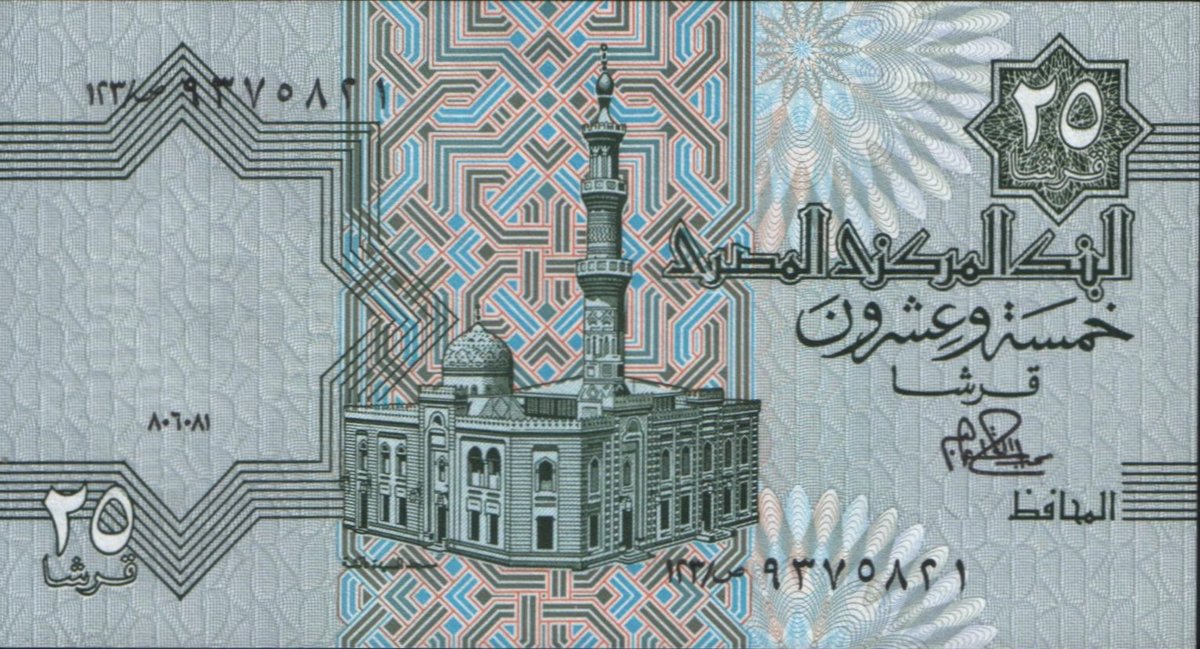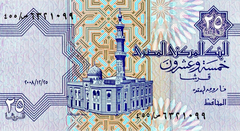
Sayeda Aisha Mosque Cairo: Visiting Hours, Tickets, and Historical Sites Guide
Date: 14/06/2025
Introduction
The Sayeda Aisha Mosque, centrally located in Cairo, stands as a powerful symbol of Islamic faith, a testament to centuries of architectural evolution, and a vibrant community center. Dedicated to Sayyida Aisha bint Jaafar al-Sadiq—a revered descendant of the Prophet Muhammad—the mosque embodies both spiritual reverence and cultural richness. Its layered history, from a modest 12th-century shrine to a multifaceted religious and educational hub, mirrors the broader story of Cairo’s Islamic heritage. This comprehensive guide details the mosque’s history, architecture, visiting hours, tickets, practical tips, and nearby attractions, ensuring visitors can engage meaningfully with one of Cairo’s most significant historical sites (Prayer Now, Wikipedia, Evendo, HalalTrip).
Contents
- Historical Background and Architectural Evolution
- Architectural Features
- Religious and Cultural Significance
- Visiting Information (Hours, Tickets, Accessibility)
- Travel Tips and Etiquette
- Nearby Attractions
- FAQs
- Visuals and Media
- Conclusion and Call to Action
- Sources
Historical Background and Architectural Evolution
Early Origins
The mosque is named after Sayyida Aisha bint Jaafar al-Sadiq, a descendant of the Prophet Muhammad through Ali ibn Abi Talib. Her resting place became a site of veneration, initially marked by a simple domed shrine in the 12th century. This original structure reflected early Islamic funerary architecture—humble, with spiritual rather than monumental ambitions (Prayer Now, Wikipedia).
Ayyubid Era
The Ayyubid period (late 12th–13th century) brought transformative changes. Under Salah al-Din al-Ayyubi (Saladin), a madrasa (Islamic school) was built adjacent to the shrine, integrating education with worship. The creation of Bab Sayyida Aisha (the Qarafa Gate) made the site more accessible and further embedded it into Cairo’s spiritual and urban fabric (Prayer Now).
Mamluk and Ottoman Influences
Successive dynasties, notably the Mamluks and Ottomans, expanded and embellished the mosque. Mamluk contributions included geometric patterns, arabesques, and calligraphy, while Ottoman interventions introduced grand domes and minarets, reflecting contemporary architectural trends (Architecture Courses).
Modern Restoration
Recent years have seen extensive conservation, led by the Arab Contractors Company and Egypt’s Ministry of Antiquities. Restoration efforts have stabilized the historic structure, revived decorative features, and enhanced accessibility, ensuring the mosque’s continued relevance for worshippers and visitors alike (Arab Contractors).
Architectural Features
Domes and Minaret
The mosque’s defining feature is its large dome, decorated with muqarnas—stalactite-like elements symbolic of heaven—accompanied by one or more smaller domes. The minaret rises elegantly above the complex, adorned with calligraphy and geometric motifs, serving both as a visual landmark and the platform for the call to prayer (Evendo).
Prayer Hall and Courtyard
The prayer hall is spacious, supported by rows of marble or stone columns and covered with patterned carpets. The mihrab (prayer niche) is richly ornamented, and the adjacent minbar (pulpit) is often intricately carved. Some periods saw the addition of courtyards (sahn) with fountains for ritual ablutions.
Decorative Elements
Islamic calligraphy, arabesque patterns, and floral motifs adorn both interior and exterior surfaces. Colored tiles and stained glass enhance the interplay of light and shadow, creating a contemplative atmosphere.
Materials and Construction
Local stone and brick are used for structural durability, stucco for relief ornamentation, and wood for doors and the minbar. The mosque’s design reflects Mamluk, Ottoman, and Fatimid influences, with an emphasis on geometric harmony and spiritual symbolism (Evendo).
Religious and Cultural Significance
Spiritual Importance
The Sayeda Aisha Mosque is a major pilgrimage site, especially for those who venerate the Ahl al-Bayt (the Prophet’s family). Both Sunni and Shia Muslims frequent the mosque to seek blessings, offer prayers, and engage in acts of devotion. The site is particularly busy during Ramadan and on the anniversary of Sayyida Aisha’s death (Evendo, Trek Zone).
Community Role
Beyond its spiritual function, the mosque is a vibrant center for community life, hosting religious lectures, Quranic recitations, and charitable activities. The surrounding neighborhood is alive with markets, shops, and eateries, offering an authentic glimpse into Cairo’s daily rhythms (Evendo).
Visiting Information
Location
- Address: Al Sayeda Aesha, Al Abageyah, El Khalifa, Cairo Governorate, Egypt
- How to Reach: Metro Line 1 to Sayeda Zeinab or Mar Girgis stations, then a short taxi or bus ride (Evendo).
Visiting Hours
- Regular Hours: Daily, 9:00 AM–5:00 PM (hours may vary during religious events and Ramadan)
- Best Times: Early mornings or late afternoons for a quieter, more contemplative visit
Tickets and Entry Fees
- Admission: Free for all visitors
- Donations: Welcomed to support ongoing preservation
Accessibility
- Wheelchair Access: Ramps at main entrances, but some historic areas may pose challenges
- Facilities: Ablution areas and restrooms are available; mosque staff are generally helpful
Dress Code and Etiquette
- Dress Modestly: Men should wear long trousers; women must cover arms, legs, and hair with a scarf
- Shoes: Remove before entering the prayer hall
- Photography: Allowed in exteriors and courtyards; seek permission before photographing people or sacred spaces, avoid flash and shooting during prayers (The Islamic Information)
Guided Tours
There are no official tours provided by the mosque, but many local operators include Sayeda Aisha Mosque in Islamic Cairo tours, offering valuable historical and architectural context. English-speaking guides are often available (HalalTrip).
Travel Tips and Practical Guidance
- Plan Ahead: Check for special events or altered hours before your visit
- Avoid Peak Times: Fridays and prayer times are busiest
- Bring Cash: For donations and local purchases; cards are rarely accepted nearby
- Stay Hydrated: Especially in summer; avoid eating inside the mosque
- Respect Religious Practices: Observe silence and avoid restricted areas during prayers
Nearby Attractions
The mosque’s central location makes it ideal for combining with other Islamic Cairo sites:
- Mosque of Sultan Hassan
- Al-Azhar Mosque
- Mosque of Ibn Tulun
- Sayeda Nafisa Mosque
- Cairo Citadel
- Gayer-Anderson Museum
Local markets and traditional shops around the mosque offer souvenirs and Egyptian crafts (HalalTrip).
FAQs
Q: Is there an entrance fee?
A: No; entry is free for all.
Q: Are non-Muslims allowed to visit?
A: Yes, outside of prayer times, non-Muslims are welcome.
Q: What are the mosque’s opening hours?
A: Generally 9:00 AM–5:00 PM; hours may vary during religious events.
Q: Is the mosque accessible for visitors with disabilities?
A: Wheelchair access is available at main entrances, but interior navigation may be limited.
Q: Can I take photos?
A: Photography is permitted in exterior and courtyard areas; ask before photographing people or during prayers.
Q: Are guided tours available?
A: Official tours are not provided, but many local tour operators offer guided visits.
Visuals and Media
High-quality images of the mosque’s domes, minaret, prayer hall, and decorative elements enhance visitor understanding and SEO. Use descriptive alt text such as “Sayeda Aisha Mosque dome in Cairo” or “Intricate calligraphy at Sayeda Aisha Mosque” for best results. Maps and virtual tours can further enrich the visitor experience.
Conclusion and Call to Action
The Sayeda Aisha Mosque is a cornerstone of Cairo’s Islamic heritage, blending centuries of religious devotion, architectural mastery, and community vitality. Its free admission, central location, and profound spiritual atmosphere make it a must-visit for anyone exploring Cairo’s historical sites. Visitors are invited to engage respectfully with the mosque’s traditions, support preservation efforts, and immerse themselves in the wider tapestry of Islamic Cairo.
For up-to-date visiting hours, tours, and travel tips, consult official tourism resources and download the Audiala app. Embark on your journey to the Sayeda Aisha Mosque—discover a living piece of Cairo’s history and faith.
Sources
- Sayeda Aisha Mosque in Cairo: Visiting Hours, Tickets, and Historical Insights, 2025, Prayer Now
- Visiting Sayeda Aisha Mosque: History, Tickets, Opening Hours & Travel Tips for Cairo Historical Sites, 2025, Wikipedia
- Sayeda Aisha Mosque: Visiting Hours, Tickets, and Architectural Highlights in Cairo, 2025, Evendo
- Sayeda Aisha Mosque Visiting Hours, Tickets & Guide to Cairo’s Historic Islamic Site, 2025, HalalTrip
- Sayeda Aisha Mosque Restoration Project, 2018-2025, Arab Contractors
- Islamic Cairo Architecture Overview, 2025, Architecture Courses
- Mausoleums of Sayyida Aisha and Sayyida Ruqayyah in Cairo, Islamic History and Travel
- Sayeda Aisha Mosque Cairo, Trek Zone
- Mosque Etiquette, The Islamic Information


































